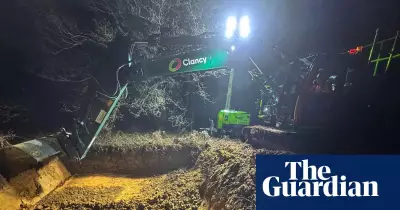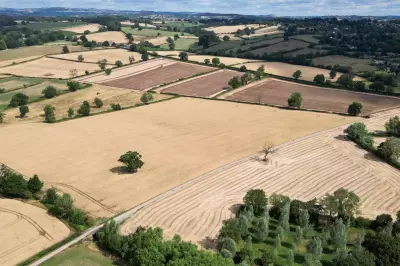
In a startling discovery, researchers have identified a colony of wasps exhibiting radioactive contamination near a nuclear waste storage site in South Carolina. The findings have sparked urgent discussions about environmental safety and potential health risks.
Unsettling Discovery in the Wild
Biologists conducting routine wildlife surveys near the Savannah River Site—a former nuclear production facility—noticed unusual behaviour among local wasp populations. Further testing confirmed the insects carried traces of radioactive isotopes, likely absorbed from contaminated soil or water sources.
The Science Behind the Contamination
Experts believe the wasps became radioactive through a process called bioaccumulation. As they gathered nectar from flowers and preyed on other insects in the affected area, they inadvertently concentrated radioactive particles in their bodies over time.
Potential Ecological Consequences
The discovery raises several alarming questions:
- How far has the contamination spread through the food chain?
- What impact might this have on local ecosystems?
- Could other species be similarly affected?
Environmental agencies have begun expanded monitoring efforts to assess the full scope of the situation.
Human Health Implications
While officials stress that the immediate risk to humans appears low, they caution against unnecessary exposure to the affected area. The radioactive wasps serve as an early warning system, highlighting potential environmental issues that could eventually impact human populations.
Historical Context
The Savannah River Site operated during the Cold War, producing materials for nuclear weapons. While decommissioned, the legacy of its operations continues to present environmental challenges decades later.
This latest discovery underscores the long-term consequences of nuclear activities and the importance of rigorous environmental monitoring at former production sites.





